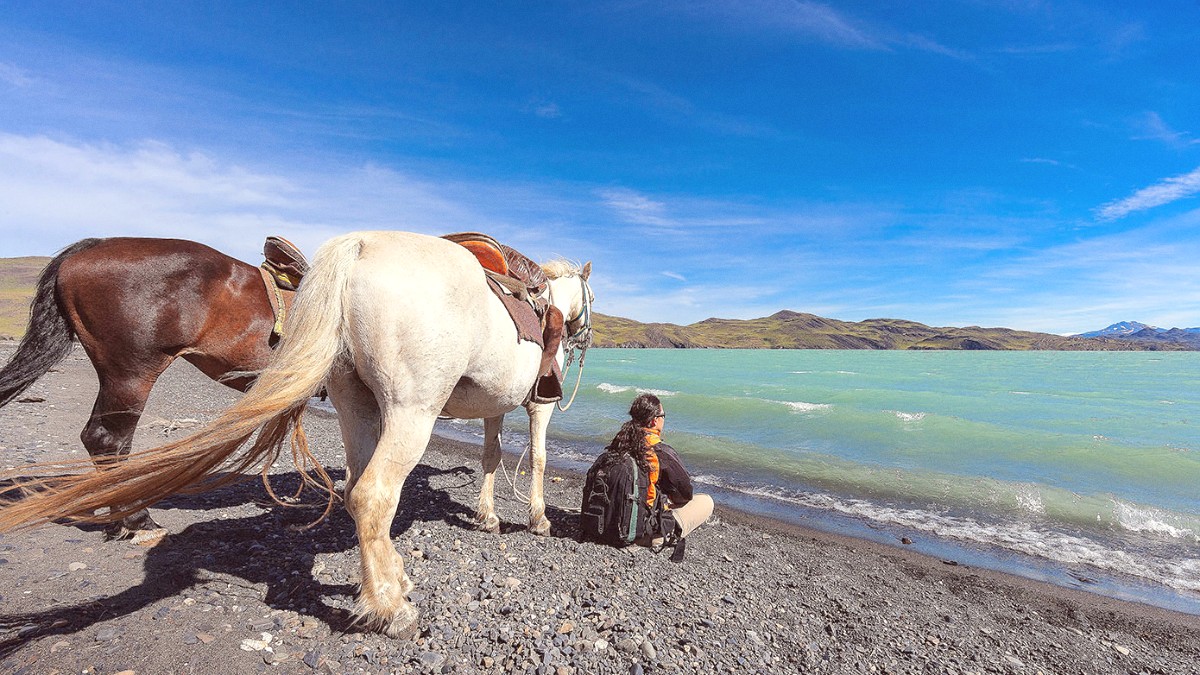
Nauru International Airport (INU) is the sole airport serving the country. It is located in the Yaren District, making it the main gateway for all international visitors.
There are no direct flights to Nauru from major global hubs outside of the Pacific region and Australia. Travelers must connect through Brisbane, Australia, or other Pacific hubs.
Nauru International Airport is small with basic facilities. You will find immigration, customs, and a small baggage claim. The process is quick due to low passenger volumes.
The departure area has a small check-in counter, basic lounge, and a duty-free shop with limited offerings. Do not expect extensive dining or retail outlets.
Taxis are available outside the airport terminal. Fares are often fixed or negotiable. Most hotels can arrange transfers. Walking is not recommended with luggage.
Local SIM cards are available from the state-owned provider, Digicel Nauru. Purchase one upon arrival at the airport or main Digicel office.
Data can be expensive and connection speeds may vary. Local SIMs are helpful for local calls and data access.
Consider an ESIM from Airalo if your phone supports it, for convenience and potentially better rates.
A valid national driving license is required. An International Driving Permit (IDP) is recommended in conjunction with your national license. You must be of legal driving age, generally 21 years or older.
Car rental options are extremely limited. The main source is usually the Menen Hotel, which may have a few vehicles available for rent. Some local individuals might also offer their vehicles for hire informally.
Nauru has a main sealed road, the Island Ring Road, circling the entire island (approximately 19 km). Roads leading inland, specifically to the former phosphate mining areas ("Topside"), are often unsealed, rough, and challenging to navigate.
Driving is on the left-hand side of the road in Nauru. Speed limits are low, often 40-60 km/h, due to the island's small size and the presence of pedestrians and animals.
Sea and river arrivals are not standard modes of transport for tourists to Nauru. The island's isolation means sea travel is mainly for cargo.
Nauru is a small island with no navigable rivers. Therefore, river transportation options do not apply for travel.
For rare instances of sea arrivals (e.g., private yacht, expedition cruise), immigration and customs are handled at the main port area in Aiwo District. Procedures are similar to airport processes.
Land transportation, like taxis or limited rental cars, is available from the main port area for arrivals by sea. You would arrange these services in advance or upon arrival.
Private yachts may visit, but international clearance procedures must be followed. Check with Nauruan authorities for specific entry requirements for private vessels.
As of recent information, no specific departure taxes or exit fees are levied directly on passengers. Any applicable fees are typically included in your air ticket price.
Arrive at Nauru International Airport (INU) at least 2-3 hours before scheduled departure. Manual check-in and limited staff can lead to longer waits. Standard airline baggage allowances apply. Security checks are present but typically less extensive. Have your passport and boarding pass ready for exit stamp. Reconfirm your flight details with Nauru Airlines a day or two before departure.